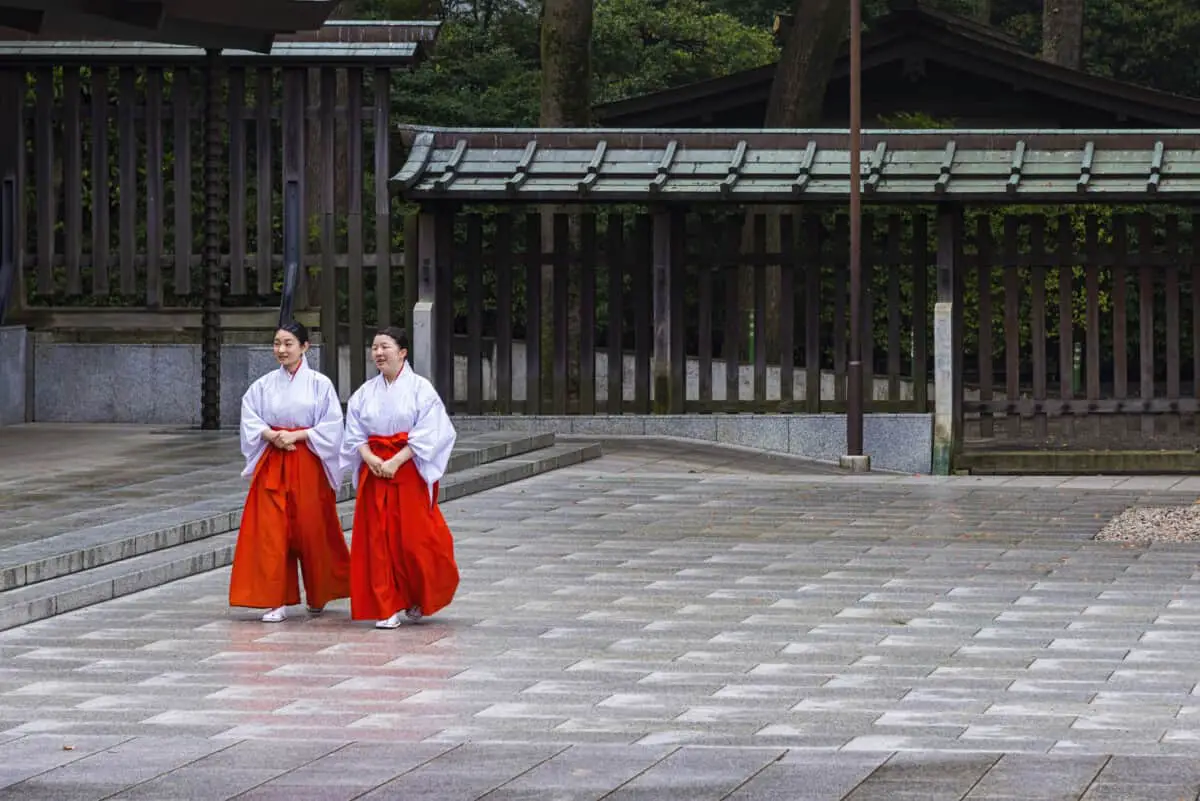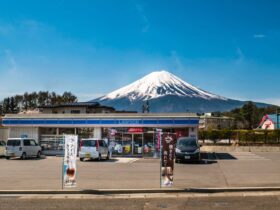A Miko, often known as a shrine maiden, is a young priestess who serves in a Shinto shrine. Miko’s were formerly thought to be shamans. However, they can still be found in current Japanese society and are considered to be a standardized function in daily life and educated to undertake chores ranging from holy purification to performing the sacred Kagura dance.
Continue reading to discover the ultimate guide regarding Shrine Mikos in Japan, including who they are, what they wear, and where you can still find them today.
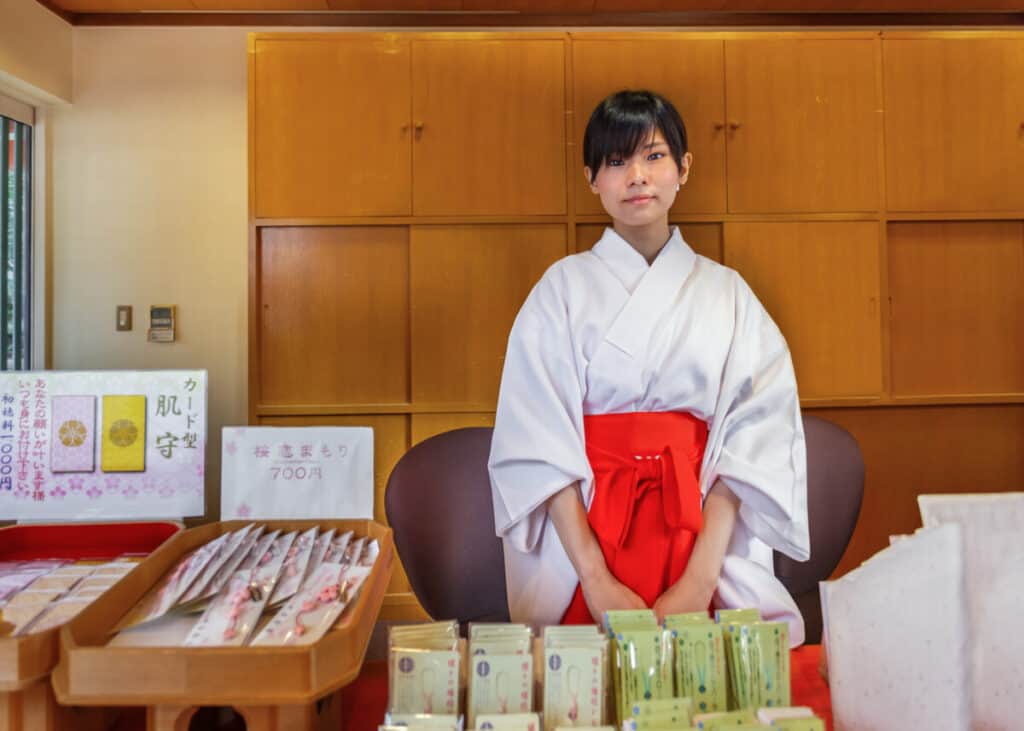
What is a Miko Shrine Maiden?
Mikos are shrine maidens in Japan who were previously thought to be oracles, as they were claimed to communicate the utterances of the gods during trances.
On the other hand, modern-day Mikos are more like shrine attendants than oracles.
Typically, their role is to maintain a shrine, clean, sell charms, and assist Shinto priests during particular events. Mikos also performs specific ceremonial dances known as Miko-mai and aid in fortune telling, known as omikuji.
They must be unmarried. However, they may marry and become priestesses if they want.
Miko is generally Shinto priests’ younger relatives, such as daughters or granddaughters.
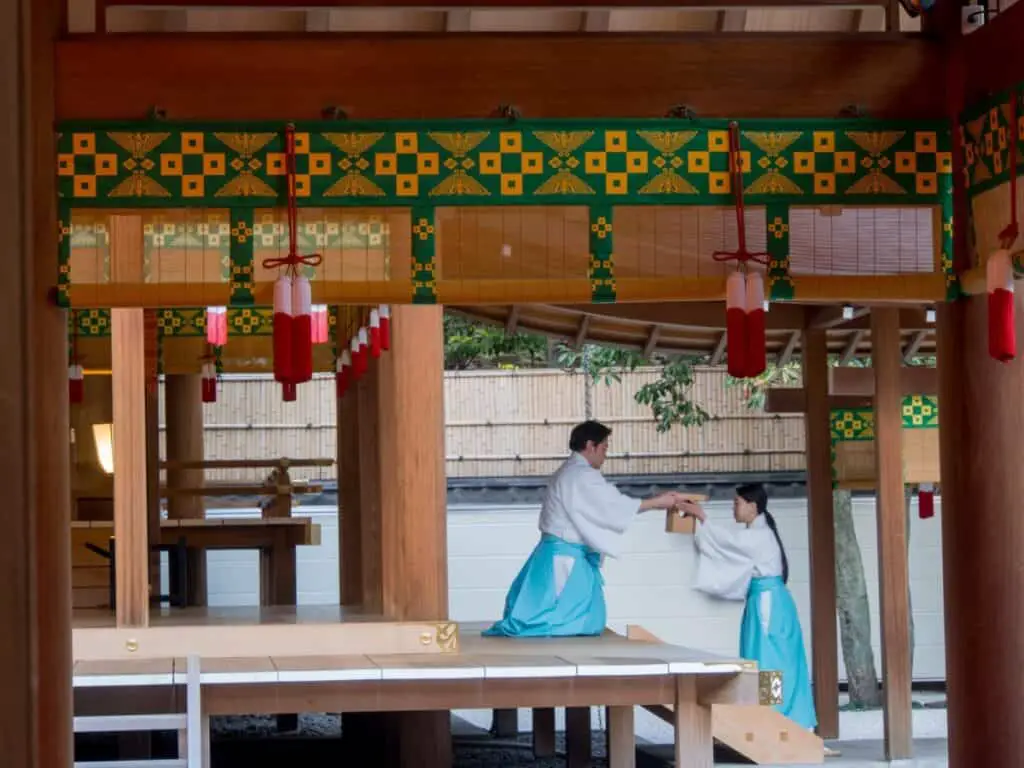
Are Miko Shrine Maidens Shinto or Buddhist?
While there are numerous faiths across the world, the country of Japan is governed by only two: Shinto and Buddhism.
Between the two religions, Shinto is currently the more popular in Japan. Several shrines located around the country are dedicated to the teachings and ceremonies associated with the Shinto religion.
The Shinto faith is related to several traditions and ceremonies, with essential individuals in charge of ensuring that these practices are followed. The shrine maidens known as the Miko are among the many vital individuals who assist in perpetuating the Shinto faith, its shrines, and its rites.
The concept of a Miko dates back centuries, yet their duties and significance in the Shinto faith remain crucial to the Shinto religion today. They have unique responsibilities in preserving the Shinto religion’s doctrines and practices.
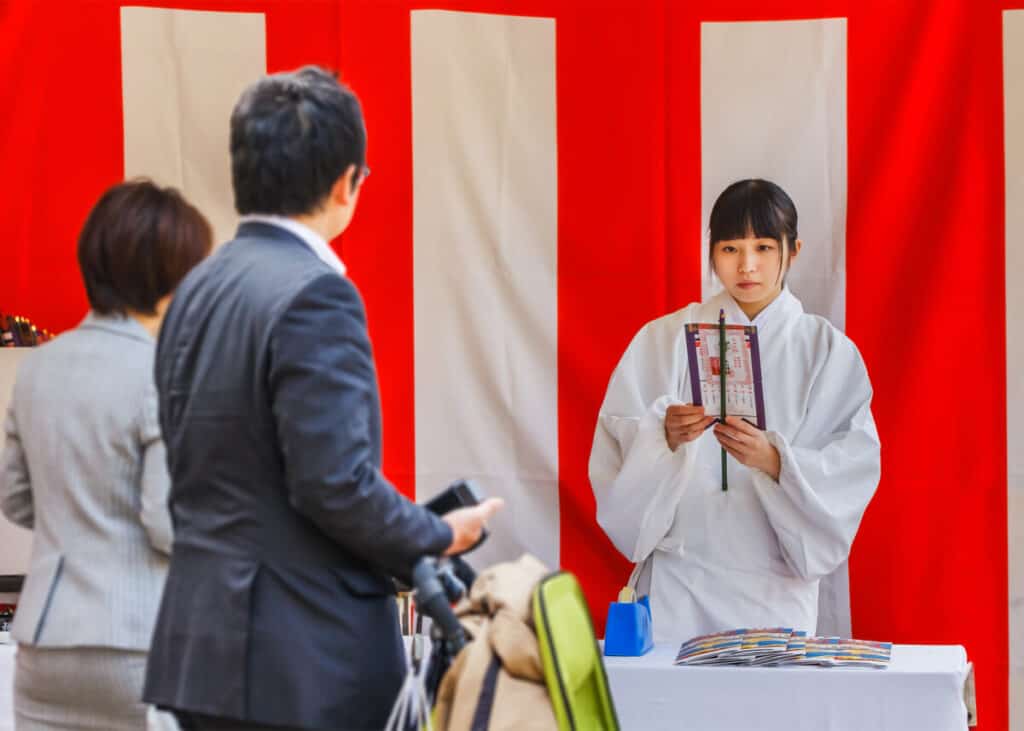
What Does a Miko Shrine Maiden Wear?
A Miko’s traditional outfit consists of a pair of divided red hakama, pleated pants, a white kosode, and some white or red hair ribbons. The color white represents purity in Shinto. A chihaya is the cloth worn over the kosode during Kagura dances.
If you find a young lady wearing a red hakama or a red skirt, a white shirt or jacket, and her hair pulled back with a beautiful clasp of some type, she is most likely a Miko and should not be mistaken with a priestess.
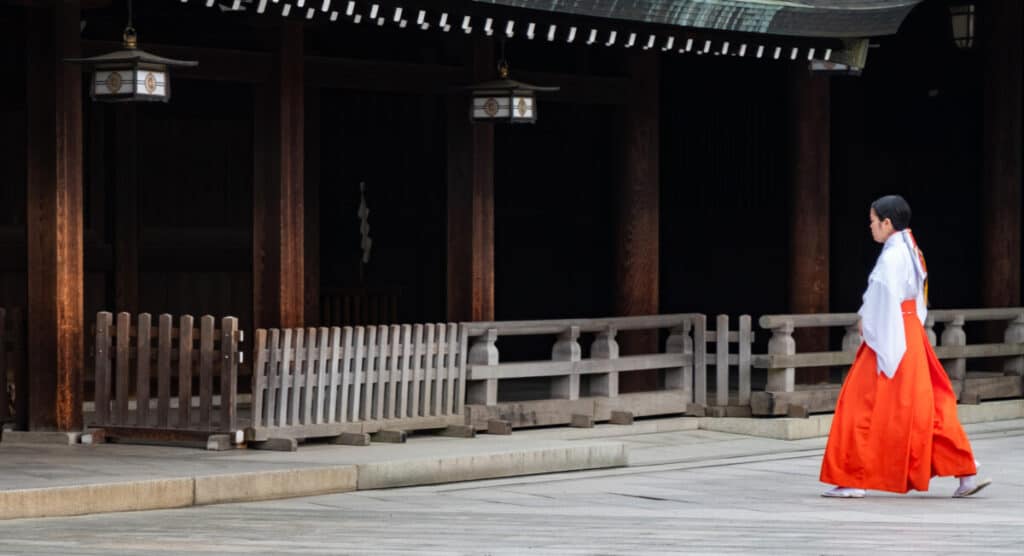
Special Ceremonial Wear for Shrine Mikos
Miko may also wear unique flower hairpieces known as hanakanzashi or a special diadem or crown known as kanmuri during ceremonies and specific festivals.
Flowers, tree branches, and floral designs are utilized in these items to reflect the many diverse types of plants found in Japan, which are supposed to improve the wearer’s spiritual power.
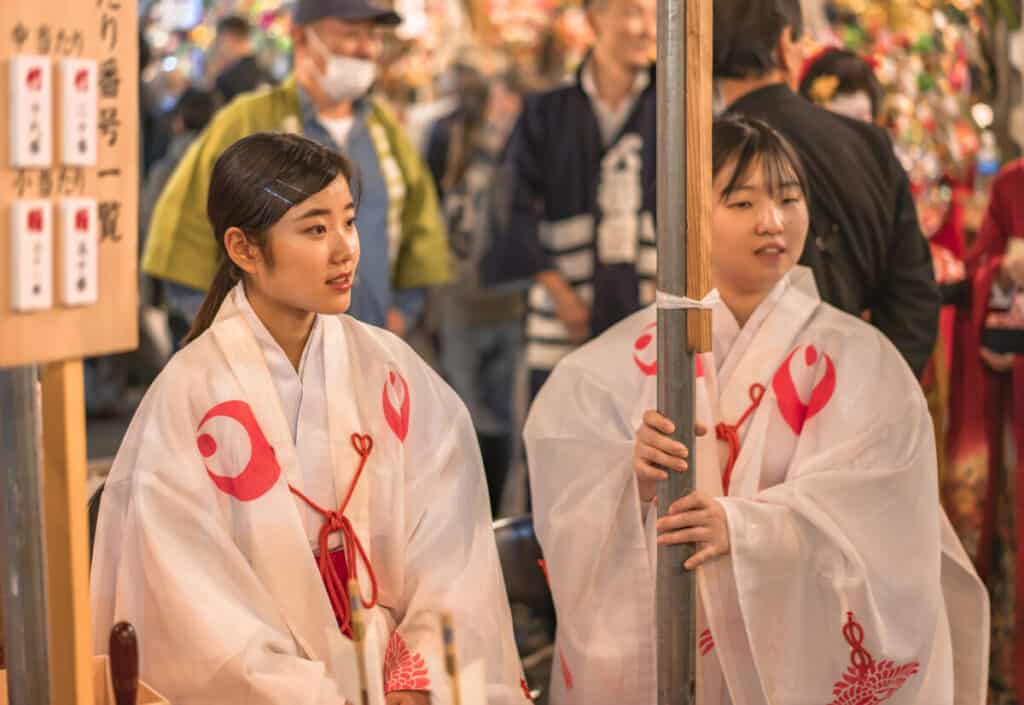
What are The Traditional Tools Used by Miko Shrine Maidens?
Azusa Yumi, tamagushi, and gehbako are examples of traditional Miko tools. These items translate to a catalpa bow, offertory Sakaki-tree branches, a mysterious box containing dolls, animal and human skulls, and Shinto prayer beads.
Miko also performs ceremonies with bells, drums, candles, gohei, and rice bowls.
The History of Miko Shrine Maidens
A Miko was seen as an essential social figure back in Japan’s past. They were frequently linked to the nation’s governing elite. They performed numerous rituals and served as political advisors to society and the government.
During the Nara period, which transpired between 710-794, and the Heian period, which lasted from 794 to 1185, government officials attempted to impose Miko practices on the people.
Outside of the sanctuaries, ecstasy practice was not permitted.
However, during the feudal Kamakura era, which lasted from 1185 to 1333, the Miko was forced into mendicancy or begging for funds.
When the country was controlled by warring shogun kingdoms, the shrines and temples experienced financial difficulties.
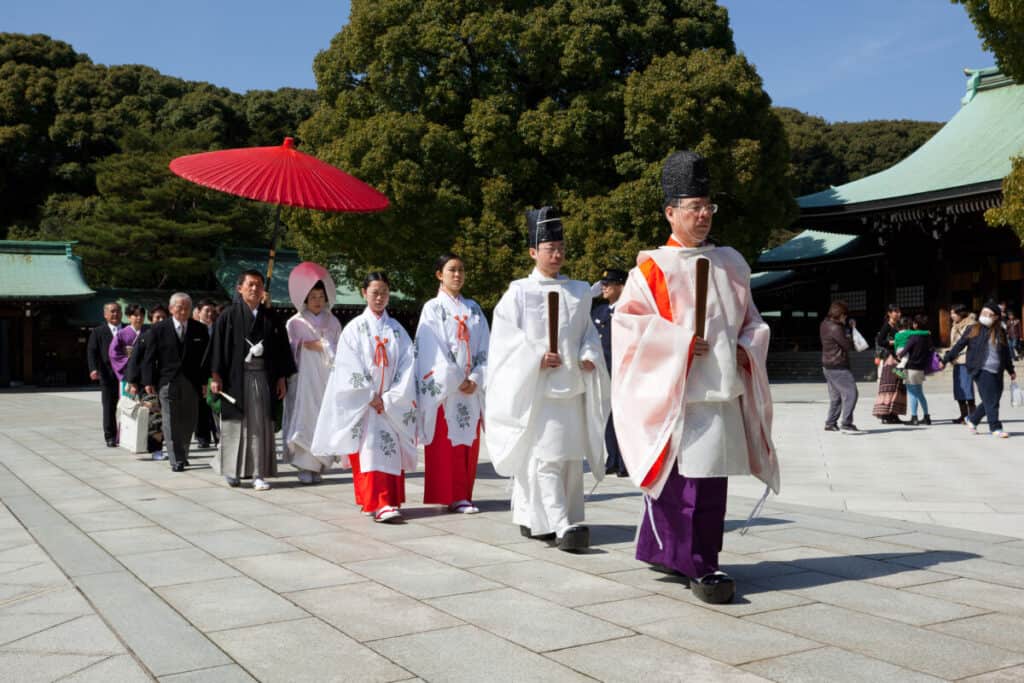
This caused a significant dilemma because the Miko relied on these shrines and temples for a living. Miko’s performance began to wander away from the religious environment and became increasingly linked with a non-ecclesiastical shape.
Unfortunately, the wandering Miko, also known as the aruki Miko, descended into prostitution.
Significant changes were made to the customs of female shamans throughout the Edo era, which lasted from 1603 to 1868. However, during the Meiji period, which lasted from 1868 to 1912, some shaman rituals were prohibited.
Due to the desired isolation of Shinto from both Buddhism and folk-religious beliefs, there was an official discourse, which cast a negative light on Miko and their organizations. In 1873, an ordinance known as Miko Kindanrei was enacted, forbidding all Miko spiritual activities. The Religious Affairs Department issued this decree at the time.
Contemporary Shrine Mikos of Today
The strong, mystical Mikos from the past have nothing in common with the Mikos of today. The requirement of being a virgin appears to be no longer necessary, while it appears that being unmarried is still required.
Where Can You Find Shrine Mikos When Travelling to Japan?
Mikos are mostly found today in the day-to-day operations of more significant shrines, cleaning the grounds, doing office work, selling at the shrine shop, and so forth. However, they still aid the priests in various ceremonial and ritual settings.
Nowadays, there are three primary varieties of Shrine Mikos. The first is full-time shrine personnel, clearly found in more significant shrines with permanent staff.
Their responsibilities will also include assisting with ceremonies and frequently performing the Miko mai dance, also known as Miko kagura.
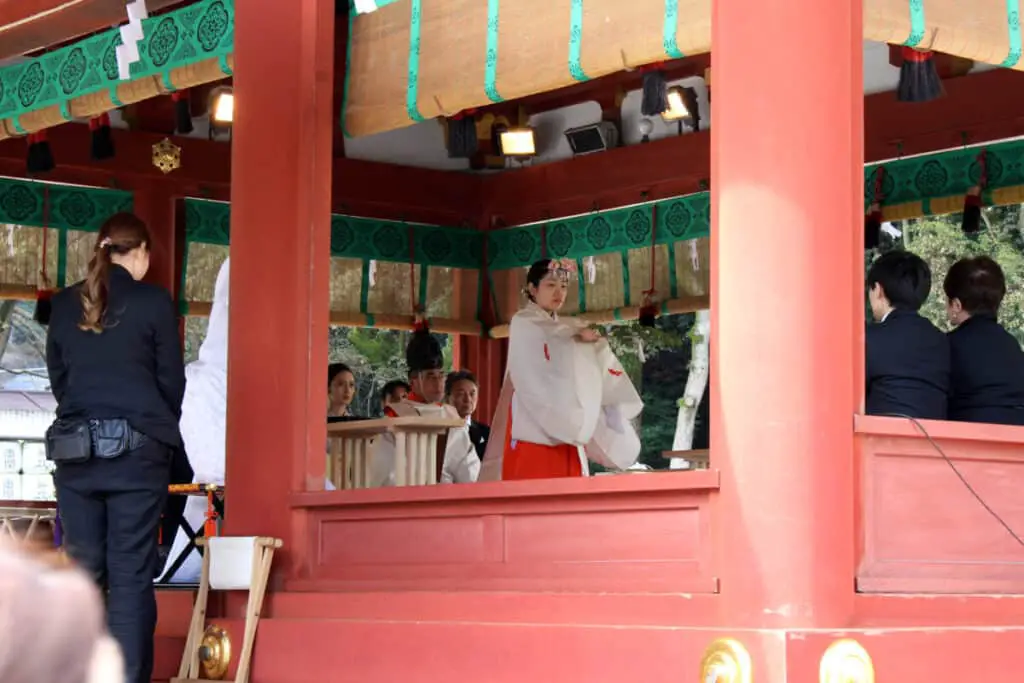
Temporary Shrine Mikos are typically university students, are employed for a brief period of time, like the summer or New Year, when a shrine will typically receive more visitors than all the days of the rest of the year combined.
However, significant festivals are another occasion that may demand their hiring. They will have gotten some training but will not be present at any ceremonies.
The third and last category of Shrine Mikos found today are incredibly young girls, generally elementary school age, who will perform Miko mai at the yearly matsuri of a rural shrine.
They usually practice the dance in the months leading up to the event, and every year different girls from the community will be chosen to perform.
Can Tourists Experience Being a Shrine Miko?
People from other countries can also experience Miko’s work. The Miko Experience is a program designed specifically for tourists visiting Japan at Amagasaki Ebisu Shrine in Amagasaki, Hyogo Prefecture.
Visitors may learn more about shrines, Shinto, and Japanese culture in general.
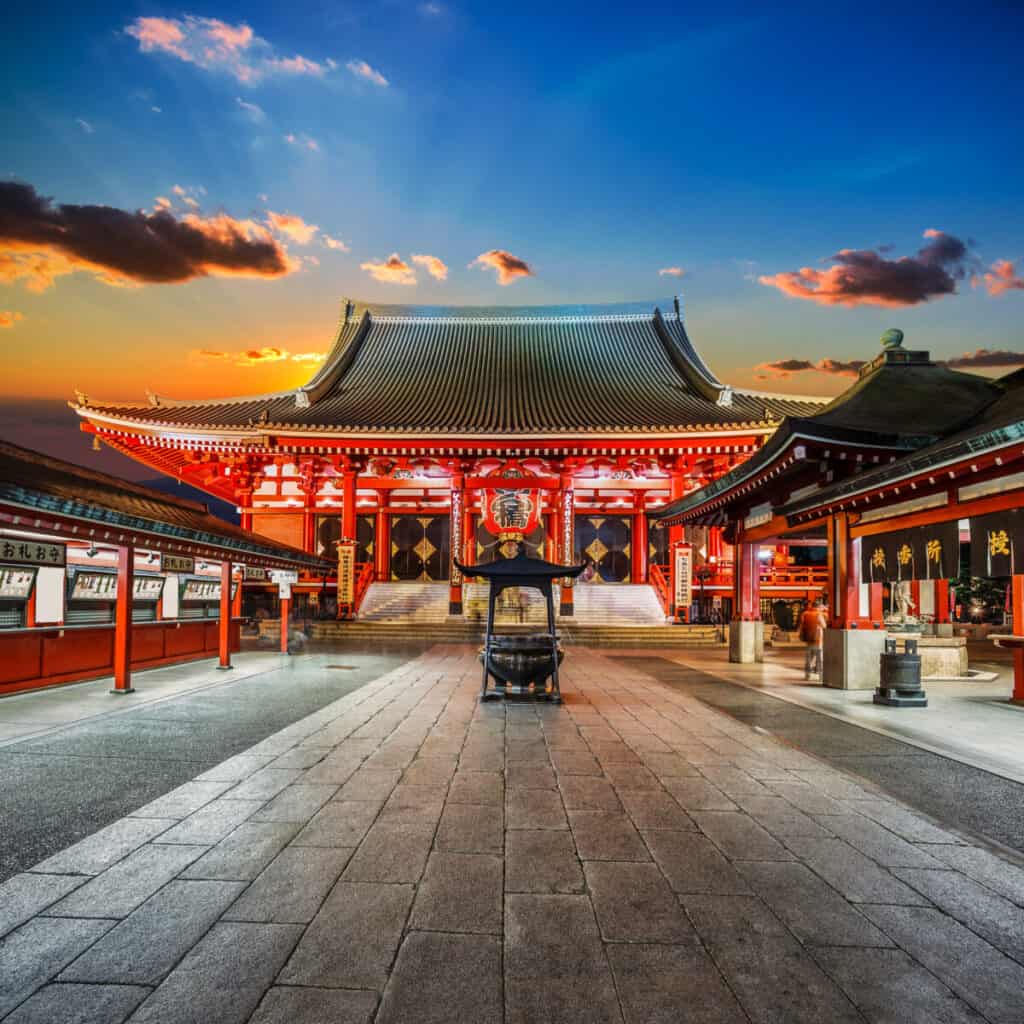
Some prominent, well-known temples have lately begun to provide Miko experiences or part-time labor to visitors visiting Japan.
Many venues in the greater Tokyo region are starting to incorporate Miko experiences and other activities aimed at foreign visitors.
What Steps Does One Need to Take to Become a Shrine Miko?
The sole prerequisites for being a Miko are to be of sound mind and body and to be a young, unmarried girl, as the retirement age of a Miko is in their mid to late twenties.
Honshoku Mikos are full-time Mikos who have attained their mid-twenties and wear pine needle green or deep navy blue hakama or over-pants and undertake clerical work or function as kagura instructors to the younger Mikos.
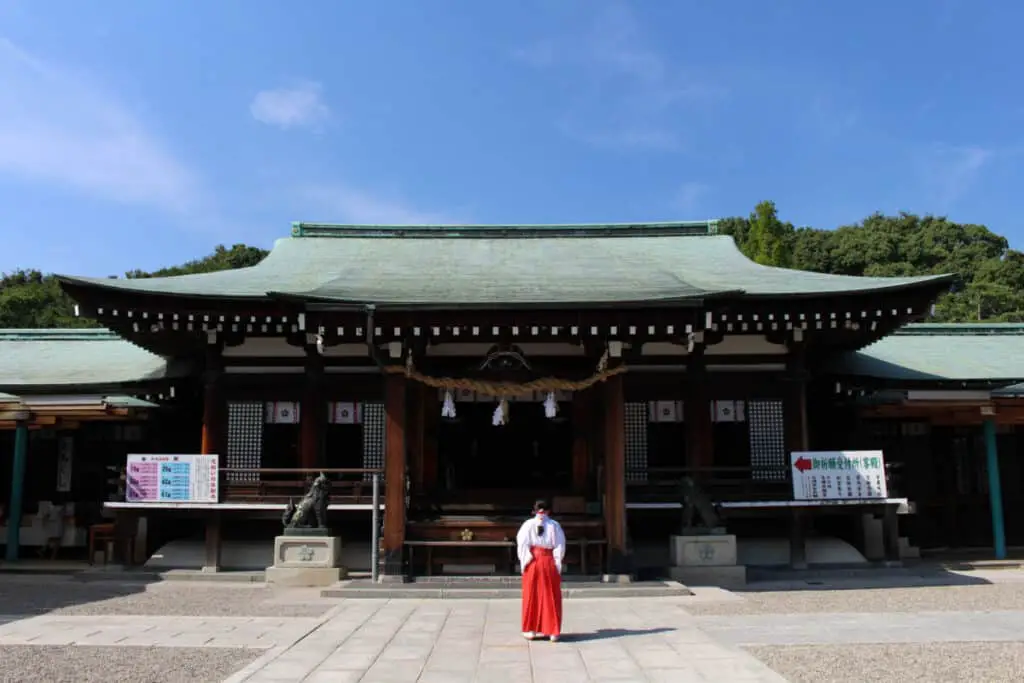
Though many Mikos are certified as priests, this is not a fundamental condition for becoming a Miko. Daughters, nieces, and other young ladies associated with the shrine may also work as Miko.
Many shrines require extra support during the New Year’s festivities and other hectic times of the year. They would frequently engage seasonal laborers and Mikos during these seasons to assist them.
As the number of overseas visitors to numerous shrines has lately increased, Mikos who speak English is becoming more common.
Experience an Ancient Japanese Shinto Dance Performed by Miko Shrine Maidens While Visiting Japan
Mikomai is a dance style performed by the maidens of the Miko shrine. Mikos performs a Kagura, a sacred song and dance performance honoring their Shinto gods.
Dances performed by Miko shrine maidens in ancient Japan, in which gods were considered to descend on and possess the maidens carrying out the gods’ ceremonies, were later institutionalized and assumed the present form of dances for incredible dedication and commitment to the gods.
Shrine maidens wear clothing similar to that worn by commoners in ancient Japan, white socks, scarlet pants, and carry various hand-held divine items such as folding fans, bells, dwarf bamboo, branches of a type of blessed wood or divinity symbols made of cloth and hung on a stick, all of which are regarded as objects representative of divinity.

